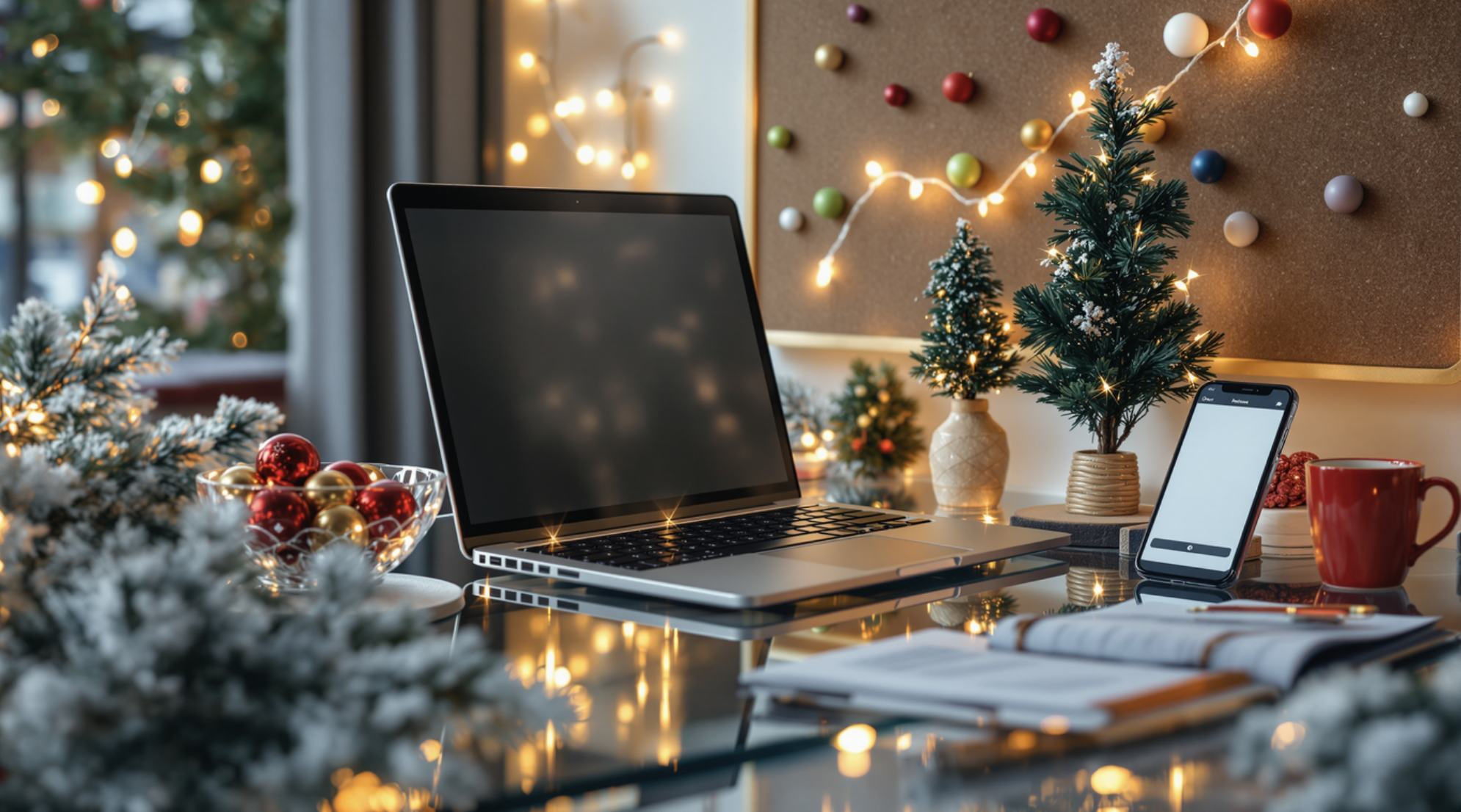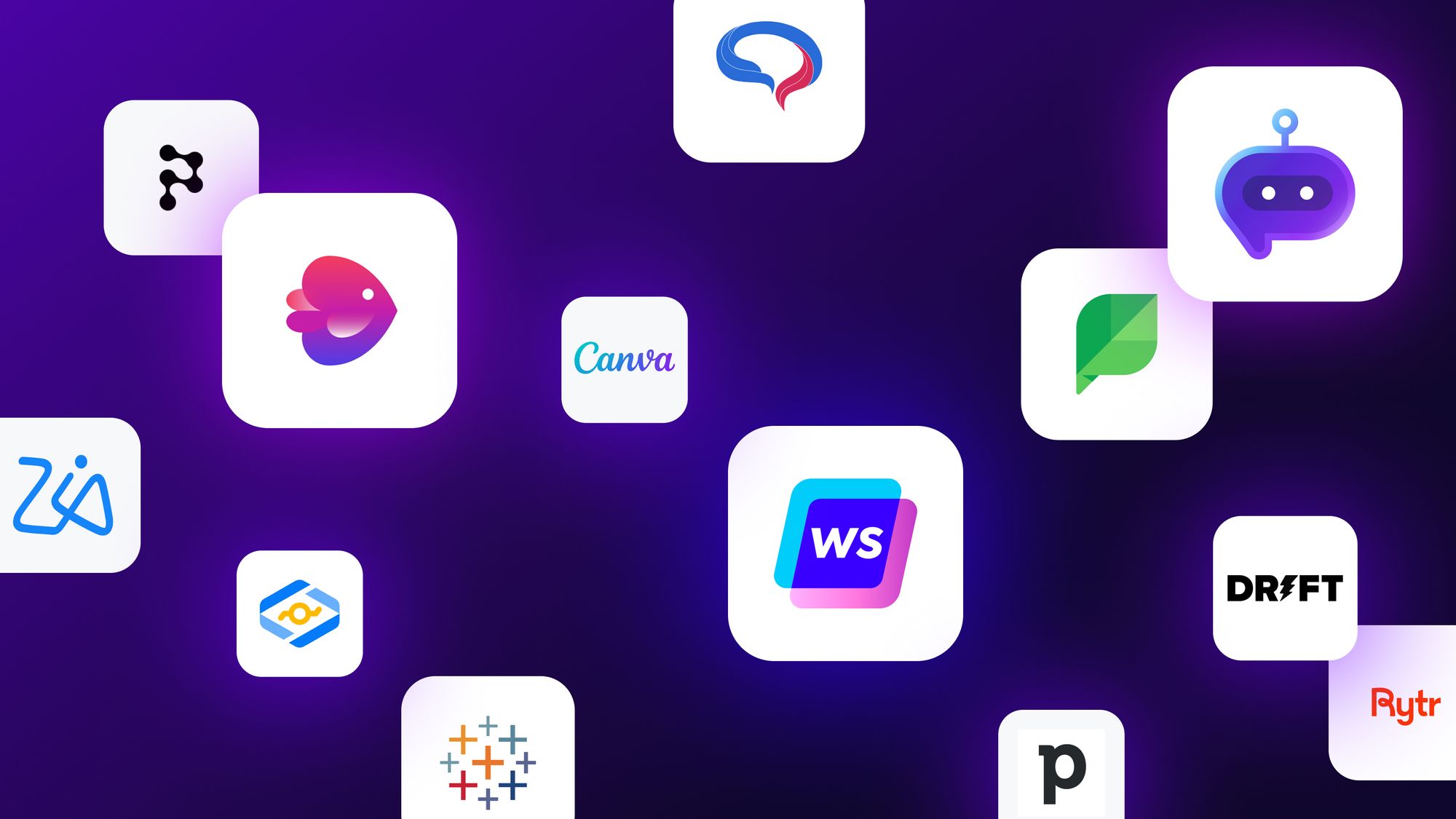AI has evolved rather quickly in the past few years. People are moving forward from primitive AI tools like ChatGPT towards more innovative and advanced AI platforms. AI tools, in themselves, are also rapidly evolving, opening up new possibilities that were difficult to imagine before.
As we near the beginning of 2025, let’s take a look at some of the emerging AI trends that will shape how we use artificial intelligence in the coming years.
AI Global Market Size and Its Forecast
The AI market is expected to grow exponentially in the coming year, similar to the past few years. In 2025, the market size is expected to reach 243.72 million USD — almost doubling in value compared to 2022.
That registers a compound annual growth rate (CAGR) of about 28.45% between 2024 and 2030 and could take the market volume to $826.7 billion by 2030.
Global AI investments are also expected to reach $200 billion by 2025. This investment surge focuses on four essential business areas:
- AI model training and development companies
- Infrastructure providers (data centers)
- AI-enabled application software developers
- Enterprise end-users of AI services
As the AI adoption continues to increase, let’s take a look at the emerging AI trends for the coming year.
Top 6 AI trends for 2025
Here are the six AI trends you should watch out for in 2025:
AI Trend #1: New use cases emerging
In the past year, Chatsonic and other generative AI tools became mainstream, pushing many companies to experiment with AI content creation and data analysis. As the technology develops, we can see new use cases emerging for AI.
Particularly in 2025, we’ll see a rise in the use of AI in customer service, cybersecurity, digital assistants, customer relationship management, and other related business processes.
A survey by Forbes Advisor lists a number of AI business use cases emerging in the coming years:
AI Trend #2: Responsible AI
As businesses handle data-related tasks using AI, they will also become more aware of the security, privacy, and ethical risks surrounding AI usage.
In 2025, more businesses will prioritize deploying AI systems that are fair, transparent, accountable, and human-centric.
The global agency, UNESCO, has already issued a global standard on AI ethics, which marks a huge step in persuading organizations to use responsible AI.
“We need governments urgently to work with tech companies on risk management frameworks for current AI development and on monitoring and mitigating future harms.” —António Guterres, Secretary-General of the United Nations at the World Economic Forum.
With this, AI governance has become an essential part of development rather than an afterthought. Organizations now invest in AI governance infrastructure along with their technical development to ensure the artificial intelligence technologies are appropriately using data.
Building trust and ensuring long-term sustainability drive this movement toward responsible AI. As discussed earlier, new applications and possibilities emerge daily, and ethical considerations will significantly influence how artificial intelligence evolves in the coming years.
AI Trend #3: Agentic AI
AI trends show agentic AI as one of the biggest game-changers in 2025. These autonomous AI systems can tackle complex tasks on their own by creating workflows and using tools at their disposal.
This goes beyond simple AI chatbots that just answer questions. Agentic AI combines large language models with precise traditional programming to create something powerful.
It takes a four-step approach as we can see below:
While agentic AI is expected to boom in the coming years, companies already see real results. For example, Microsoft’s sales teams using Copilot agents have boosted their revenue by 9.4% per seller and closed 20% more deals.
“Agents are the thing everyone is talking about for good reason. This idea that you can give an AI system a pretty complicated task, the kind of task you’d give to a very smart human, that takes a while to go off and do and use a bunch of tools and create something of value. That’s the kind of thing I’d expect next year.” —Sam Altman, CEO of Open AI in an interview at the DealBook Summit.
This AI trend is not limited to a single industry or use case. We can expect marketing teams use AI agents to track campaign performance, tweak strategies, and improve results with minimal human supervision. Doctors can receive help from these systems that monitor patient data and suggest treatments instantly.
This fundamental change in artificial intelligence trends means more than just better technology. It reshapes the scene of how AI systems work with our business processes.
AI Trend #4: Real-Time AI Decision-Making
AI systems now process and make decisions in milliseconds, which changes how companies run their operations. The capabilities of up-to-the-minute AI decision-making bring new possibilities to mundane but important business processes.
With the power of handling millions of data points per second, we can see more number of AI decision-makers running business operations in the next year.
These processes include:
- Instant fraud detection in financial transactions
- Customized customer experience on the spot
- Automated risk assessment
- Dynamic pricing adjustments
- Immediate threat detection in cybersecurity
These systems are already being adopted by large companies and will soon become mainstream. PayPal’s system handled 6.5 billion transactions in the first quarter of 2024 alone with its AI-driven fraud detection system.
Similarly, Quantcast’s platform analyzed data from over 100 million online destinations and created trillions of online signals for instant advertising decisions.
AI Trend #5: AI-Enabled Devices
By 2025, AI-capable devices will show remarkable growth rates. Research indicates that more than 30% of smartphone shipments will come with built-in AI capabilities. The number of laptops with local AI processing will reach 50%, up from 30% in 2024.
These devices can now:
- Cut and manage energy use automatically
- Alert users before equipment fails
- Boost home security with AI-powered cameras
- Create individual-specific experiences based on user priorities
Apart from single devices, connected AI-enabled products, such as smart home devices, work together naturally as complete ecosystems. These systems process millions of data points live and make quick decisions that make our daily lives better while protecting privacy and security.
AI Trend #6: Sustainable AI
AI trends now move towards sustainability as companies deal with the environmental effects of growing AI infrastructure. AI systems demand a significant amount of energy — so much so that companies can’t ignore it anymore.
As AI’s environmental footprint keeps growing bigger, people are raising serious concerns over the use of energy and other resources. Research shows that if billions of people start using generative AI in their daily lives, it could generate about 47 million tons of carbon dioxide each year — which isn’t sustainable in the long run.
That’s because:
- Data centers produce too much heat that needs intensive cooling
- GPU arrays consume high amounts of energy
- Cooling systems use substantial water
- Hardware upgrades create electronic waste
However, AI companies have already started designing solutions that are optimized for low energy and resource consumption. People are also focusing on techniques like prompt engineering and model fine-tuning that are designed to make AI more efficient.
“The energy and environmental impact of AI is growing at an unprecedented pace. It’s paramount we bend the energy curve downward by finding new ways to decarbonize data centers and the digital infrastructure.” —Pankaj Sharma, EVP, Data Centers & Networks at Schneider Electric.
Final Thoughts: 6 AI Trends That Are Shaping the Year 2025
The impact of AI on both our personal and professional lives is undeniable. As more businesses move towards AI adoption in the year 2025, it’s time to keep ourselves up-to-date by keeping up with AI trends and utilizing AI tools.
Chatsonic, our conversational AI bot, is an excellent tool to help you with day-to-day activities like writing and research. From simple search queries to elaborate fictional plots, Chatsonic can do it all.
Want to be part of the AI boom? Try Chatsonic today!
Sources
- https://www.statista.com/forecasts/1474143/global-ai-market-size
- https://www.statista.com/outlook/tmo/artificial-intelligence/worldwide
- https://www.goldmansachs.com/insights/articles/ai-investment-forecast-to-approach-200-billion-globally-by-2025
- https://www.forbes.com/advisor/business/software/ai-in-business/
- https://www.unesco.org/en/artificial-intelligence/recommendation-ethics
- https://news.microsoft.com/en-hk/2024/10/22/new-autonomous-agents-scale-your-team-like-never-before
- https://aerospike.com/blog/ai-real-time-decisions/
- https://www2.deloitte.com/us/en/pages/about-deloitte/articles/press-releases/deloitte-technology-media-telecom-2025-predictions.html
- https://www.nature.com/articles/d44151-024-00024-8










![How to Outsource Content Writing: Essential Steps [+10 Best Platforms]](/wp-content/uploads/Outsourcing-Content-Writing.jpg)
![How to Use ChatGPT for SEO: 10+ Strategies [Tips and Tricks]](/wp-content/uploads/4-1-1.png)











